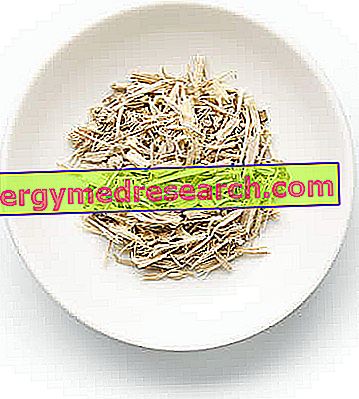Introduction
Fast middle-distance training has evolved over time: from an extensive type of work to an intensive one, based mainly on speed; on the other hand, the exact opposite also happened later, that is that great results were obtained by developing greater resistance to speed on the part of the 400metrists. In reality, the forms of resistance to be developed are: aerobic strength and power, lactic resistance, specific strength and resistance to force; obviously, to a different extent from one another but without exclusions.

Importance of energy metabolisms in the fast middle-distance of athletics
First of all it is necessary to highlight a decisive aspect, namely that, scrutinizing the parameters and the times of the great champions, it emerged that the percentage of ANAEROBIC COMPLEX is 50% of the TOT one (10% alattacido and 40% lactacid); this means that, even in the 800m, aerobic power (aerobic metabolism) plays a DETERMINANT role for the success of the performance (about 50% of the TOT).
In the 1500m the aerobic metabolism assumes an even greater importance, indeed, predominant (70%); however, we would like to remind you that, to guarantee the maintenance of race speed, it is always essential to develop a certain tolerance to lactate in the muscles and blood.
Ultimately, for an 800sta it is however essential to develop many of the qualities belonging to a 400sta, while possessing a greater quantity of red or glycolytic-oxidative fibers (important genetic predisposition) and having an aerobic power almost worthy of a prolonged middle-distance runner.
But if the aeroobic power is such an important ability to develop for the fast middle-distance of athletics, despite its threshold being placed at a lower intensity than the race speed, what is the most suitable criterion for establishing the right SPEED / INTENSITY of training?
Readers will seem to be an obvious question and would answer:
... the correct speed / intensity to develop aerobic power by raising the anaerobic threshold is the deflection value (see - read articles on the Conconi test), or the anaerobic threshold itself! ...
-Mistaken!-
For a fast middle-distance runner, the intensity of the stress of aerobic power MUST INCLUDE also the massive activation of the anaerobic lactid metabolism, bringing the speed of execution VERY closer to the MAXIMUM CONSUMPTION of OXYGEN (measurable with the VO2max criterion). This speed is called Vamax and is calculated:

To simplify the detection of these parameters, which would require some specific tests, we remind you that:
- The Va max corresponds to approximately the race speed in the 3000m
- The Va max is lower than the race speed for 20% in 800m and 10% in 1500m
To conclude, the fast middle-distance runner should carry out the EXTENSIVE work of aerobic resistance near the anaerobic threshold and the aerobic / mixed threshold SPECIFIC at a speed between: 75-80% of the race speed in 800m and between 85-90% race speed in the 1500m . Further increasing the intensity it will be possible to intervene on athletic skills in an even more specific manner.
Bibliography:
The track and field coach's manual - Part one: general information, races and march - Studies and Research Center - pag. 69-84.



